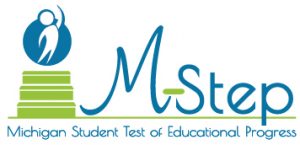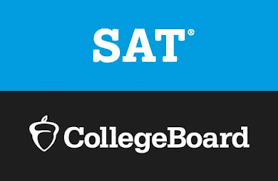 Overview
Overview
Summative assessment is assessment OF learning, which is often contrasted with assessment FOR learning. Summative assessments are used to evaluate student learning, the acquisition of identified skills, and/or general academic achievement at the end of a pre-determined period of instruction. The period of instruction might be a content-based unit, a semester, a school-year, or even the entirety of a high school course of study. Summative assessments are characterized by three main criteria:
- They are designed to determine if students successfully met established learning objectives.
- They are evaluative as opposed to formative or diagnostic because they occur at the end of instruction.
- The scores on summative assessments are typically recorded and used in some way to measure achievement at some level.
Examples
- Tests designed by teachers or publishers to be given as tests at the end of instructional units or chapters.
- Tests designed to be given at the end of a course (final exam).
- Portfolios, projects, or performance assessments in which students demonstrate learned proficiencies at the end of a term or course.
- Standardized tests used for the evaluation of both schools and individual student achievement (MME , M-STEP, Mi-ACCESS) or for processes like college admissions (SAT, ACT). For more information on the state summative assessments, click the pictures below:


